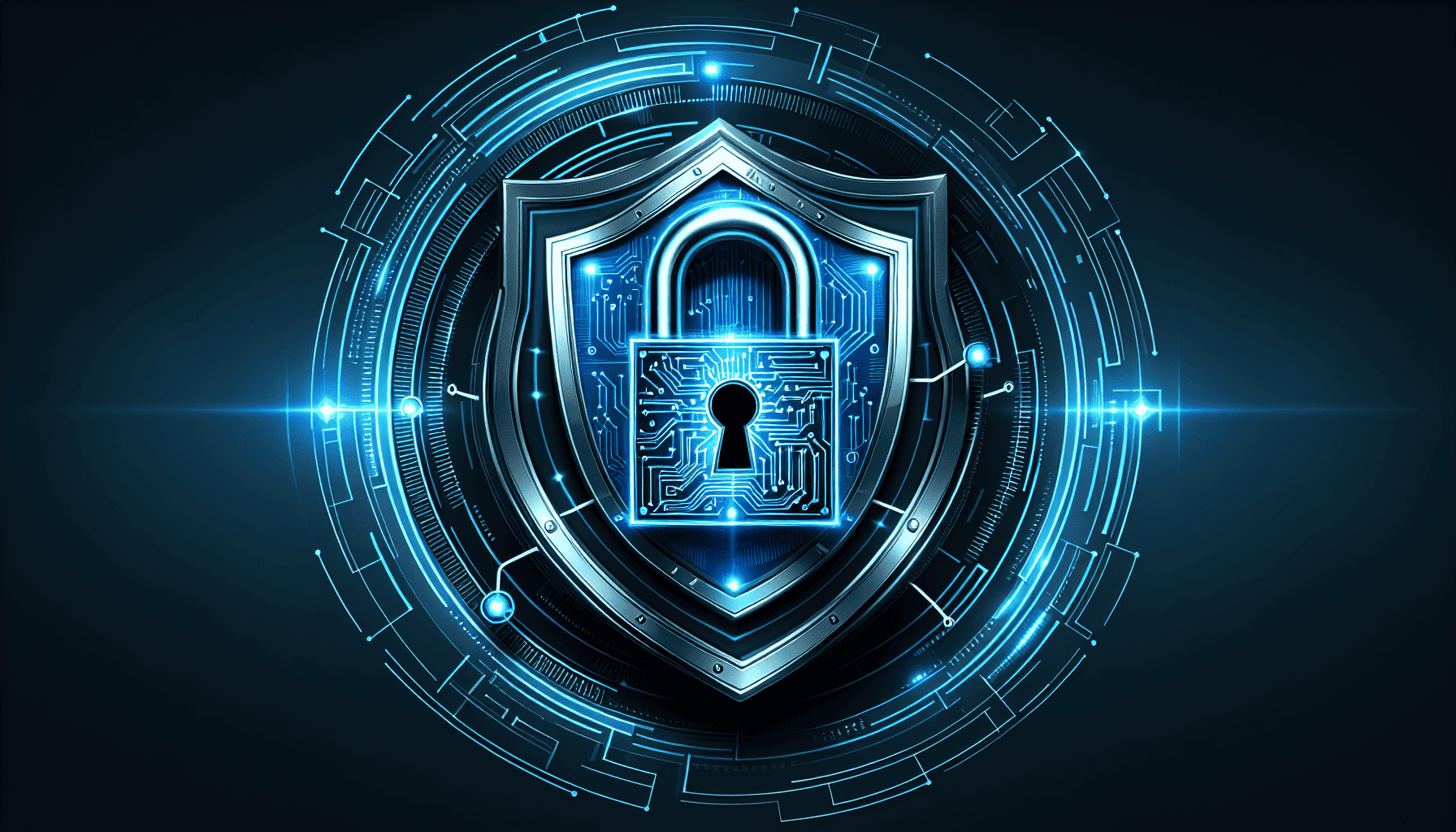In today's fast-paced digital landscape, ensuring the security of your site is no longer a luxury—it's a necessity. Cyber threats continue to evolve, becoming more sophisticated and pervasive. As a result, protecting your digital assets requires a multifaceted approach that includes advanced security protocols and regular updates.
One of the cornerstones of uncompromising security measures is the implementation of robust encryption techniques. By encrypting data both at rest and in transit, you ensure that sensitive information remains inaccessible to unauthorized individuals. This is particularly crucial for sites that handle personal data or financial transactions. Advanced encryption algorithms, such as AES (Advanced Encryption Standard), provide a solid defense against potential breaches.
In addition to encryption, implementing a strong authentication process is a vital component of site security. Multi-factor authentication (MFA) goes beyond traditional username and password requirements, adding extra layers of security. Whether through SMS verification, authenticator apps, or biometric scans, MFA significantly reduces the likelihood of unauthorized access.
Another critical aspect of site security is regular updates and patch management. Cybercriminals often exploit known vulnerabilities in software, applications, and operating systems. By religiously updating your site’s infrastructure and applying patches as they become available, you can close these security gaps before they are exploited. An automated update system helps ensure that no critical updates are missed, keeping your defenses strong and up-to-date.
Firewalls and intrusion detection/prevention systems (IDPS) form another layer of protection by monitoring and filtering traffic to and from your site. A well-configured firewall can intercept and block malicious traffic, preventing potential attacks before they reach your network. Meanwhile, IDPS systems analyze traffic patterns and detect anomalies that could indicate a security threat, enabling swift action to mitigate damage.
Regular security audits and vulnerability assessments are indispensable in identifying and addressing potential weaknesses in your site's defenses. By simulating cyber attacks, security experts can test the resilience of your current measures and provide insights into areas where improvements are needed. This proactive approach is essential in staying ahead of evolving threats.
Moreover, educating your team and users about best security practices can significantly enhance your site's security posture. Human error remains one of the biggest risk factors in security breaches. Training employees on how to recognize phishing attempts, create strong passwords, and securely handle sensitive information can minimize these risks and contribute to a more secure environment.
Adopting a comprehensive security strategy also means having a well-prepared incident response plan. No system is entirely invulnerable, and quick, effective action can mitigate the impact of a breach. Developing and regularly updating an incident response plan ensures your team knows how to react swiftly to minimize damage and recover operations.
In conclusion, uncompromising security measures are a multifaceted endeavor that requires commitment and vigilance. By employing advanced security protocols, keeping systems updated, conducting regular assessments, and fostering a culture of security awareness, you can protect your site against ever-evolving threats and ensure peace of mind for yourself and your users.
